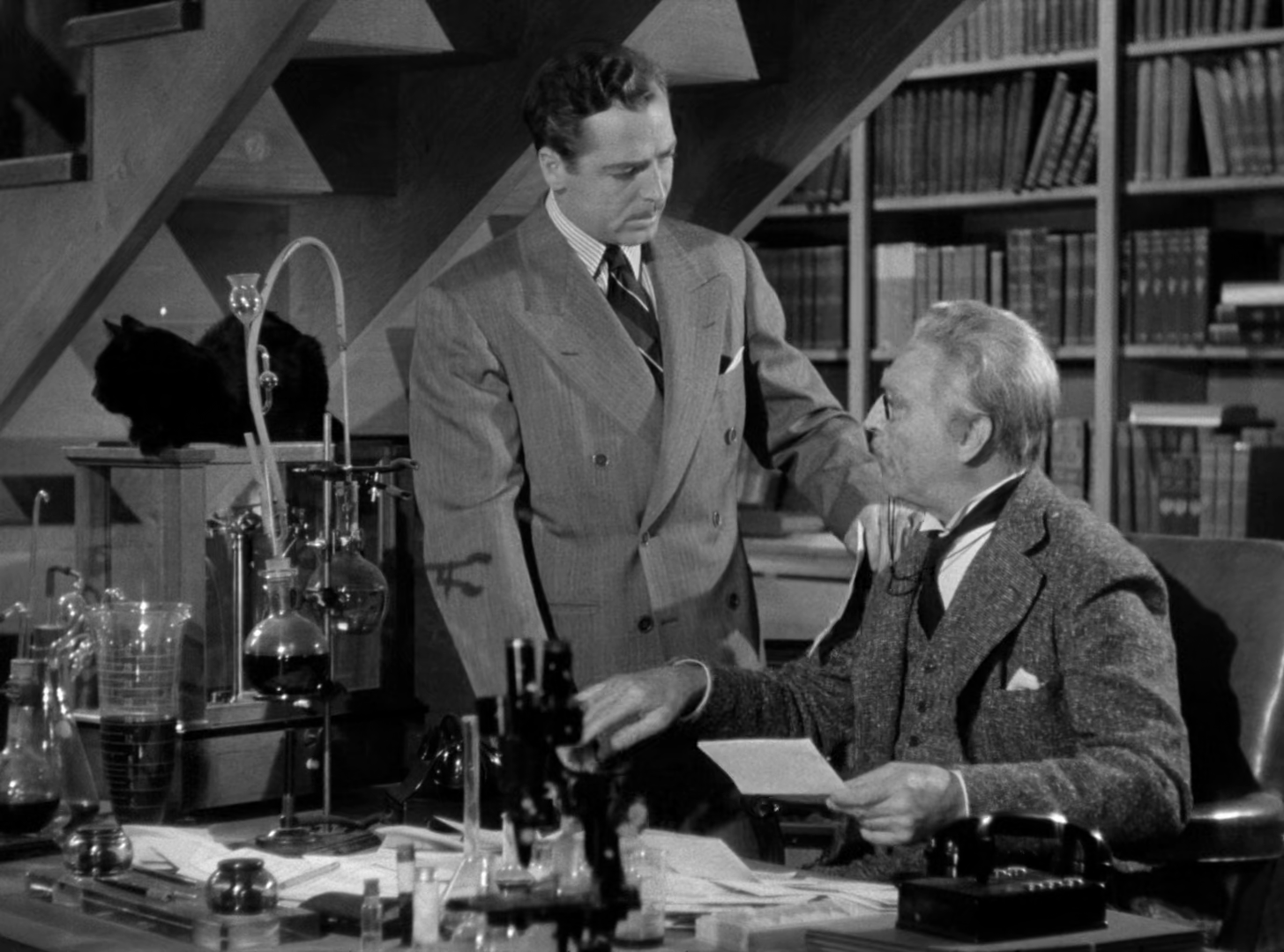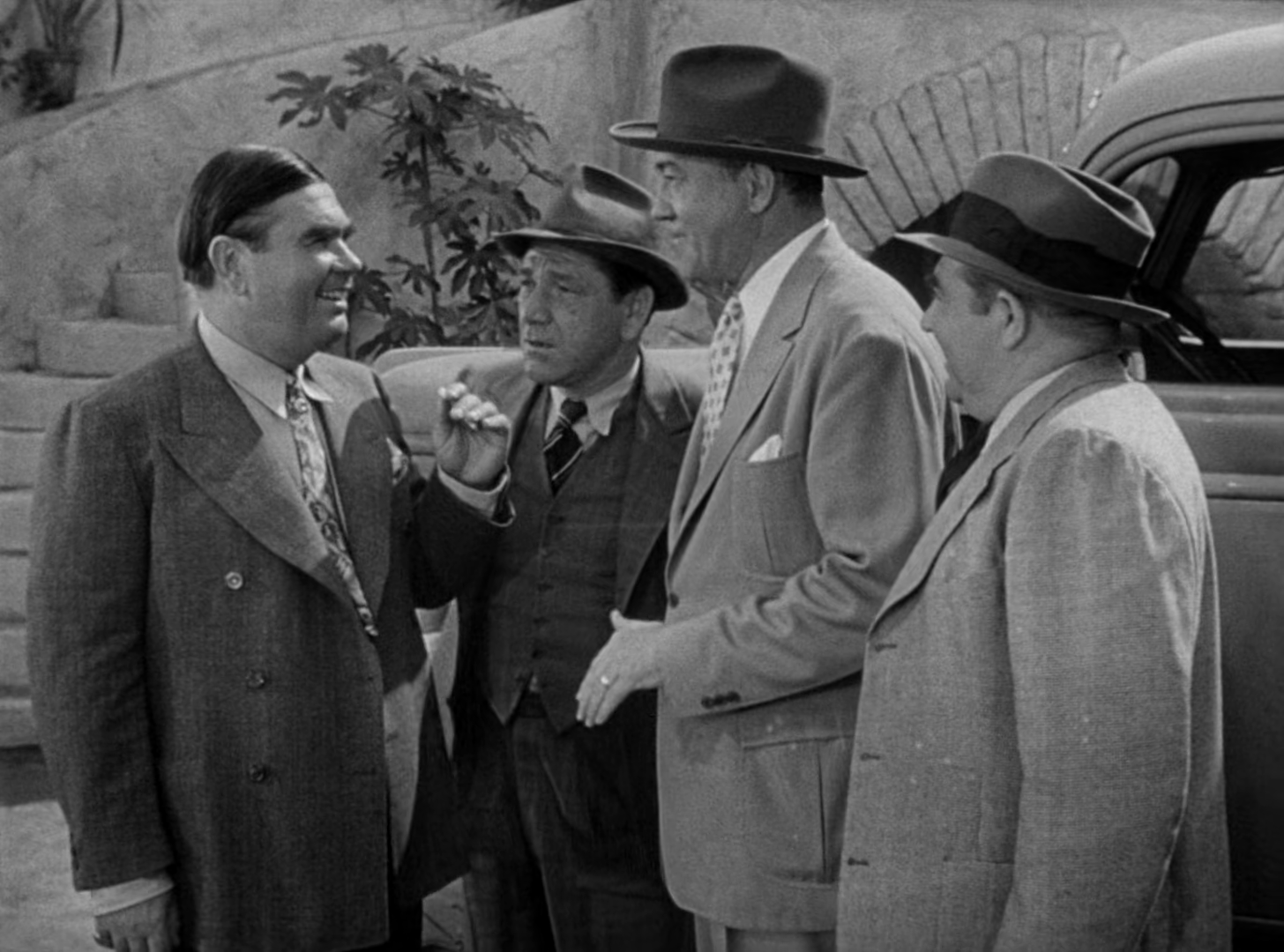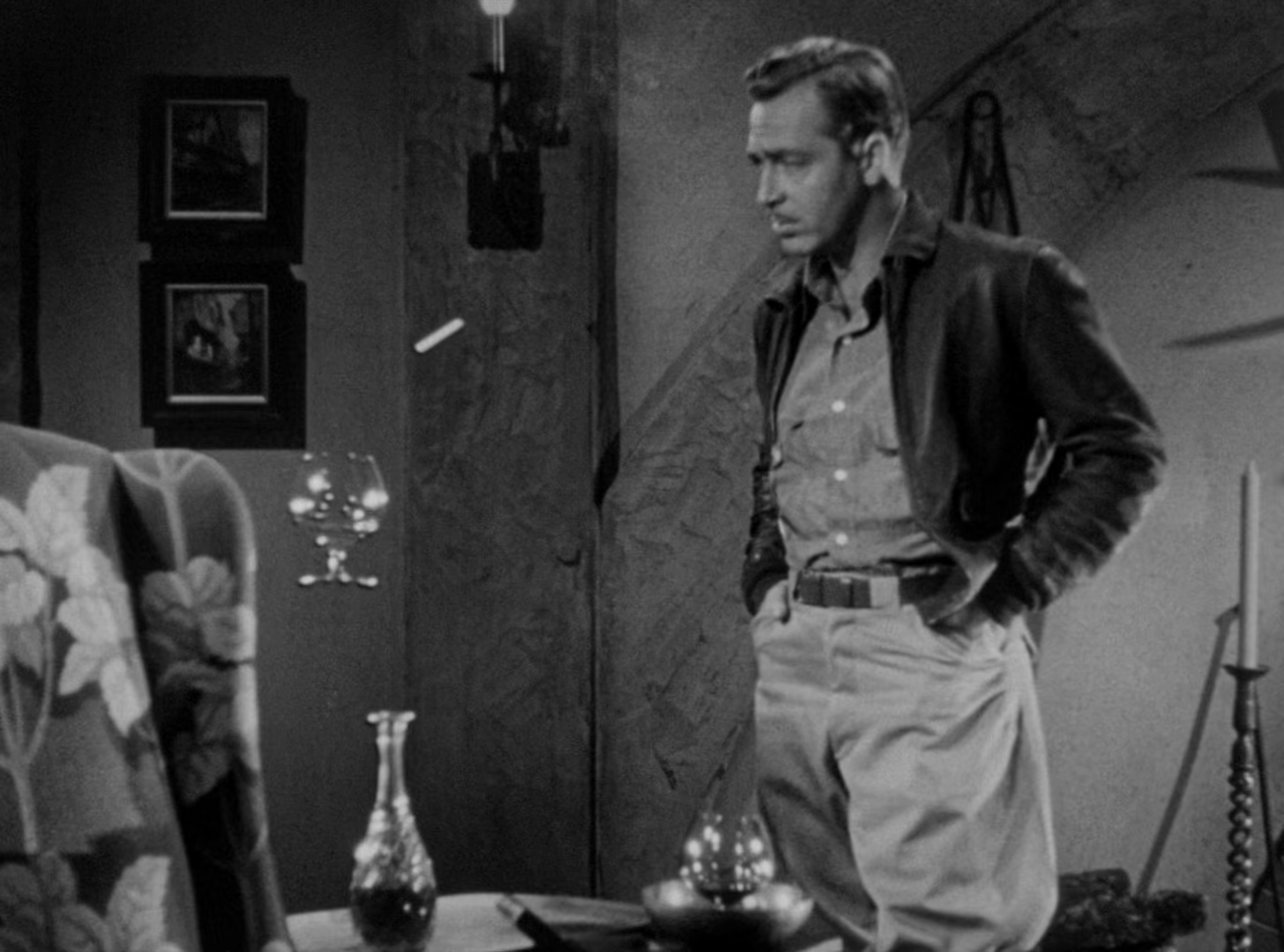The fact that this movie was released in 1940 should make it apparent to most people that this film isn’t about Susan Storm of The Fantastic Four fame as she didn’t make her debut as the Invisible Woman until 1961 in the pages of Marvel Comics, in actuality, this is the third entry in the Invisible Man series for Universal Studios, but instead of a man driven mad by the invisibility formula, it’s a woman caught up in comedic shenanigans.
The novel “The Invisible Man” was a science fiction horror story by the legendary author H.G. Wells and its 1933 Universal adaptation with Claude Rains was fairly faithful in both the science and the horror aspects but come 1940 and the third entry in Universal’s Invisible Man series we find that science is a little more slapdash and the horror aspect has been replaced by comedy. The plot of The Invisible Woman deals with playboy Richard Russell (John Howard) whose many entanglements with the fairer sex are driving him to the poorhouse, not to mention driving his much put-upon butler George (Charles Ruggles) to distraction, but he has been funding inventor Professor Gibbs (John Barrymore), a man who can best be described as the proto absent-minded professor, and whose creation of an invisibility device could save Russell from financial ruin.
“Is there any chance you could invent Flubber?”
The only wrinkle in the Professor’s plan is in finding a volunteer for his experiments, with most responses to his ad in the personals considering him a crackpot, but Kitty Carroll (Virginia Bruce), a department store model, sees the idea of becoming invisible as a perfect chance to get even with her cruel and mean-spirited boss Mr. Growley (Charles Lane). If this seems like a rather thin premise for a movie about invisibility you’d be right, comedic schtick and goofy invisible shenanigans trump logic at every turn, but with legendary actor John Barrymore leading the charge you can forgive the script for not trying to work too hard. This is not to say the story doesn’t throw in some interesting complications, like the invisibility process being affected by alcohol – when Kitty gets drunk it prevents her from becoming visible – and then there is gangster Blackie Cole (Oscar Homolka) who has been exiled to Mexico and sends a trio of moronic thugs to steal the invisibility device so that he can sneak back into the States, and while none of it really makes much sense the movie races along at such a breakneck pace you really don’t have time to sweat the small stuff.
Note: One of the members of the gang is Shemp Howard of the original Three Stooges, which pretty much sums up what kind of comedy you are watching.
Stray Observations:
• Unlike the two previous entries in the Invisible Man series, the protagonist here is shown visible before being turned invisible. I guess Universal didn't want to deny us a pretty face.
• You know you’re in for a treat when the cast list includes the Wicked Witch of the West herself, Margaret Hamilton, and she’s great as the housekeeper to Barrymore's nutty professor.
• Despite the light comedic tone of the movie, Universal didn’t stint on the budget and with a cost of $300,000.00 it was one of the studio's most expensive productions that year.
• Of all the films in the Invisible Man series this is the only one where the name "Griffin" is not used, either as the invisible one or as the inventor of the serum.
• As this film was made in the 1940s I’m surprised that the League of Decency didn’t protest a film that basically had a woman parading around in the nude, that she’s invisible is just a technicality.
She is in violation of every 1940s dress code.
The comedic moments to be found in this movie are fairly predictable, with Kitty’s invisible antics allowing her to get revenge on her asshat boss and end the threat of the gangsters by playing a nice variation of Wack-A-Mole by utilizing a large wooden hammer against various thugs, and the special photographic effects by John Fulton are more than up for the task, as is the whole cast of zany characters in what can best be described as a science fiction romantic comedy, which certainly wasn’t the norm in the 1940s. Overall, The Invisible Woman is a light and frothy comedy with sharp dialogue, fun invisibility gags and a collection of great acting talent that was a nice surprise to find in such an offering.




No comments:
Post a Comment